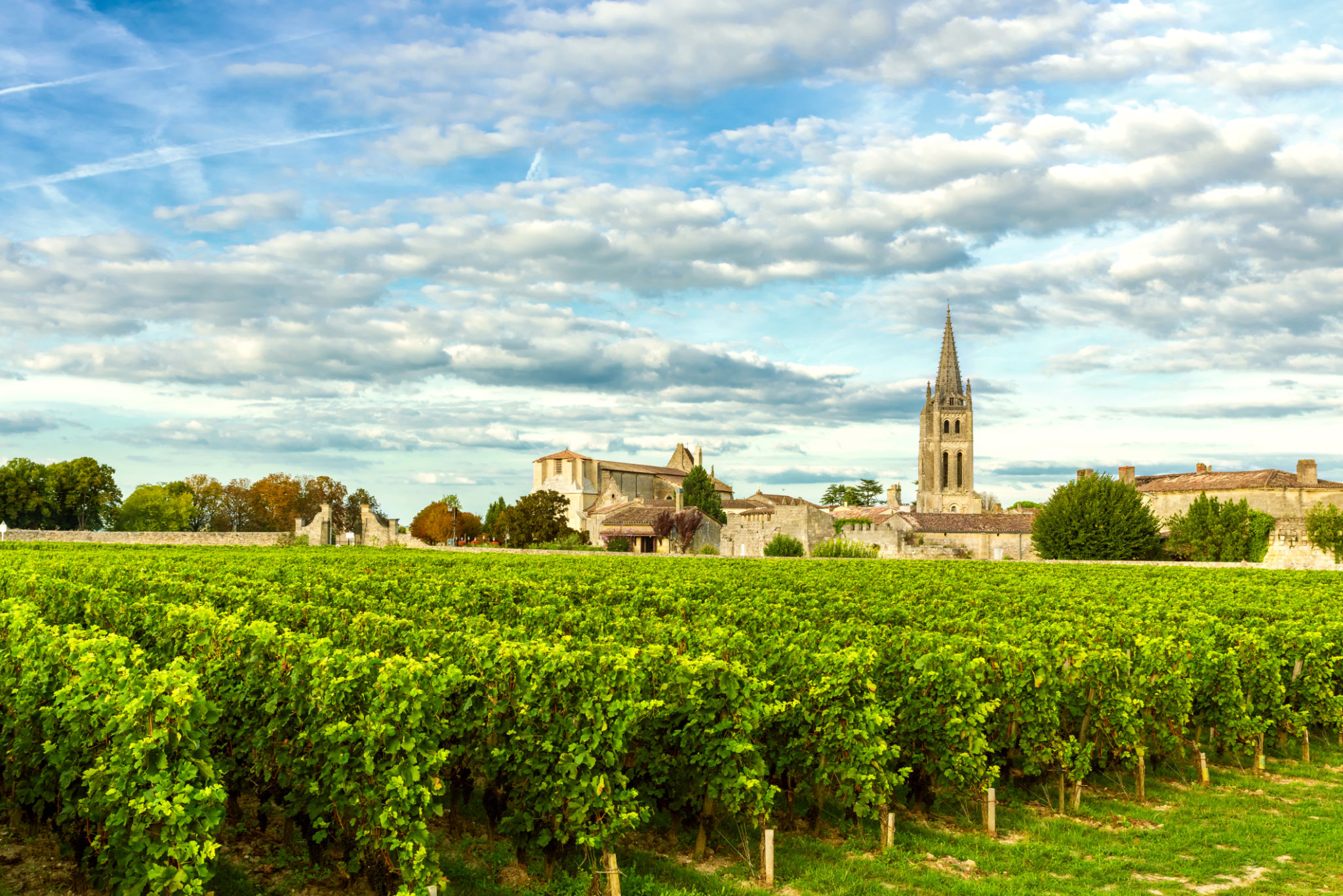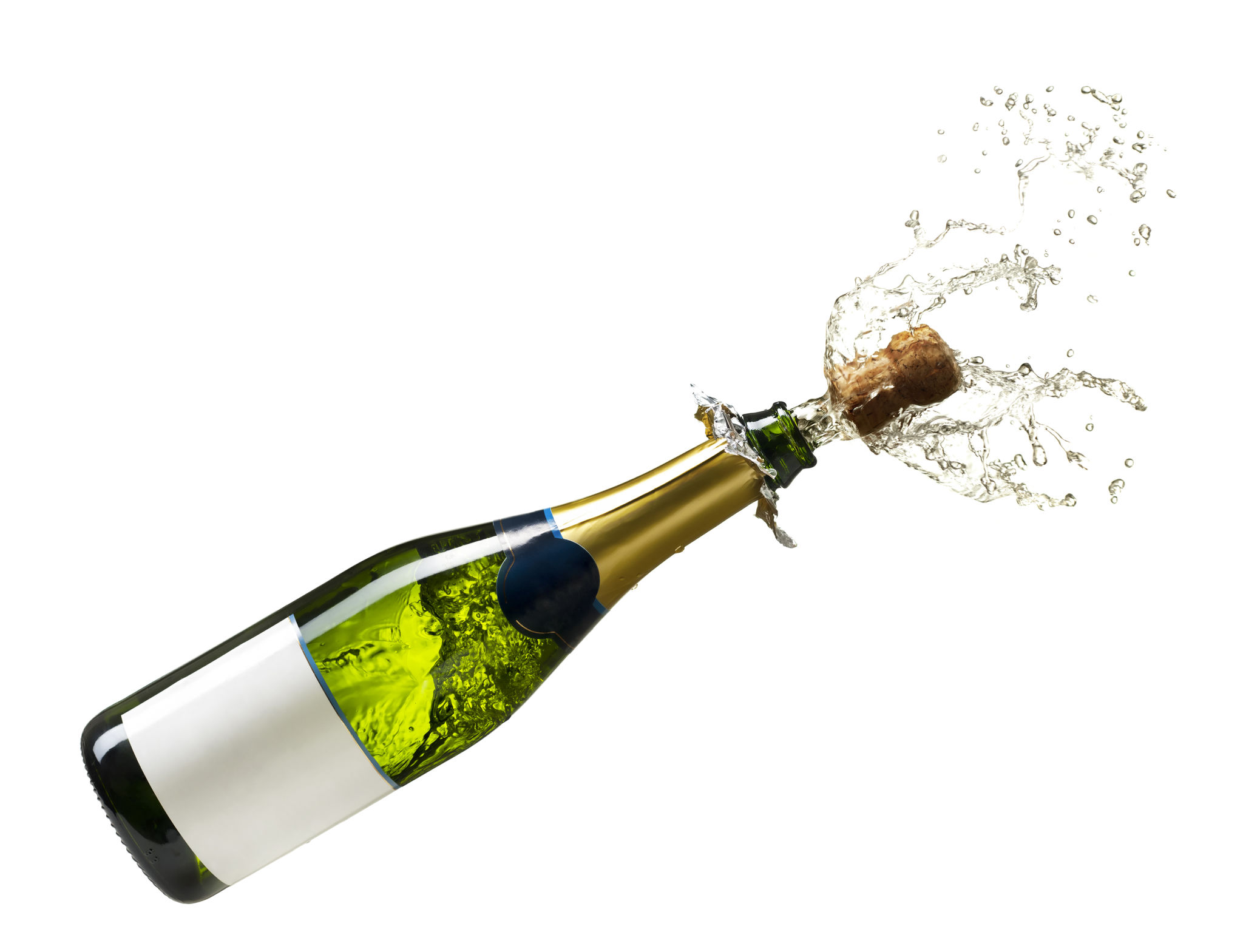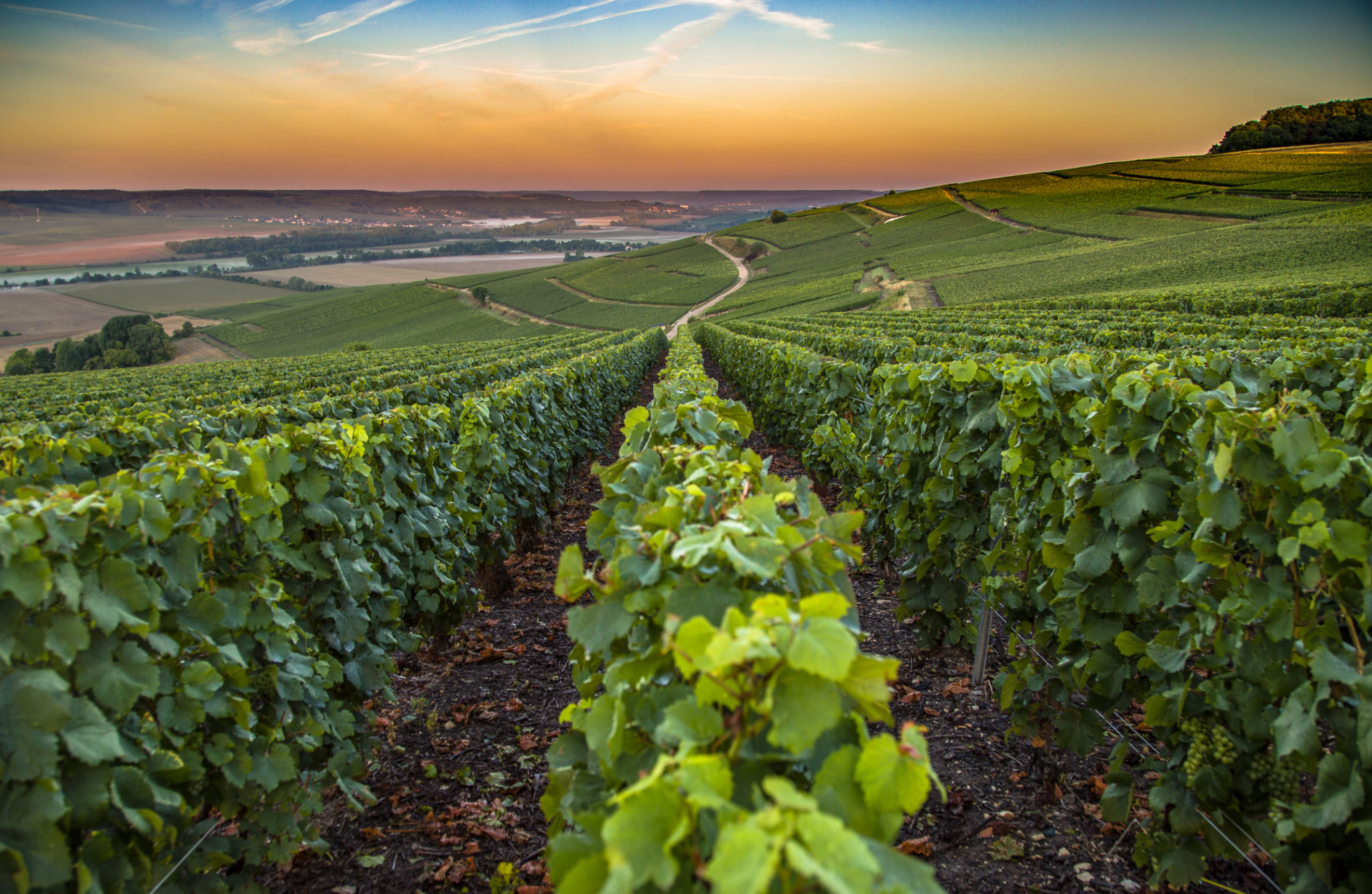The Ultimate Guide to French Champagnes and Wines
Introduction to French Champagnes and Wines
France is synonymous with exquisite wines and champagnes, a legacy built over centuries. Known for its diverse climates and terroirs, France offers a plethora of wine styles, each with its own unique character. Whether you're a novice or a seasoned connoisseur, understanding French wines can enhance your appreciation for these timeless treasures.

The Rich Heritage of French Wines
The story of French wine dates back to the Roman era, and it has since evolved into a world-renowned industry. France's wine regions, such as Bordeaux, Burgundy, and the Rhone Valley, are celebrated for producing some of the finest wines globally. These regions have set standards for quality and have been instrumental in defining wine-making techniques.
The diversity of French wines stems from the varied climates and soil conditions across the country. This allows for a wide range of grape varieties to thrive, including Cabernet Sauvignon, Merlot, Pinot Noir, and Chardonnay. Each variety brings its own distinct flavor profile, making French wines incredibly versatile.
Exploring French Champagne
Champagne holds a special place in the world of sparkling wines. Originating from the Champagne region in northeastern France, this effervescent beverage is often associated with luxury and celebration. The production process, known as the "méthode champenoise," involves a secondary fermentation that creates its signature bubbles.

There are several types of champagne to explore:
- Brut Nature: The driest style with no added sugar.
- Brut: A popular choice with a balanced taste.
- Extra Dry: Slightly sweeter than Brut.
- Demi-Sec: A sweet option perfect for desserts.
Navigating French Wine Regions
France is divided into several major wine regions, each offering distinct styles and flavors. Here are some key regions to explore:
- Bordeaux: Known for its robust red blends and exceptional quality.
- Burgundy: Celebrated for Pinot Noir and Chardonnay wines.
- Loire Valley: Offers a diverse range of wines, from crisp whites to elegant reds.
- The Rhone Valley: Known for its full-bodied reds and aromatic whites.

Wine Pairing Tips
Pairing wine with food can elevate your dining experience. French wines are incredibly versatile, making them suitable for various cuisines. When pairing, consider the weight and flavor intensity of both the food and the wine. For example, pair a light white wine like Sauvignon Blanc with seafood or a rich red like Bordeaux with grilled meats.
Don't shy away from experimenting; personal preference plays a significant role in pairing success. As you explore different combinations, you'll discover what works best for your palate.
The Art of Wine Tasting
Wine tasting is an art form that can enhance your enjoyment and understanding of French wines. Begin by observing the wine's color and clarity. Swirl the glass gently to release aromas, then take a moment to savor the bouquet before taking a sip. Allow the wine to linger on your palate to appreciate its complexity fully.

Remember to take notes during your tastings; this will help refine your preferences over time. Whether you're visiting a vineyard or enjoying a bottle at home, these practices can deepen your appreciation for the nuances of French wines.
Conclusion
French champagnes and wines are not just beverages; they are an integral part of France's cultural heritage. By exploring their rich history, diverse regions, and unique characteristics, you can gain a deeper appreciation for these timeless classics. Whether you're celebrating a special occasion or enjoying a quiet evening at home, there's always a French wine or champagne that will make the moment extraordinary.
